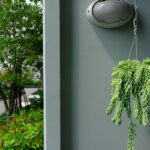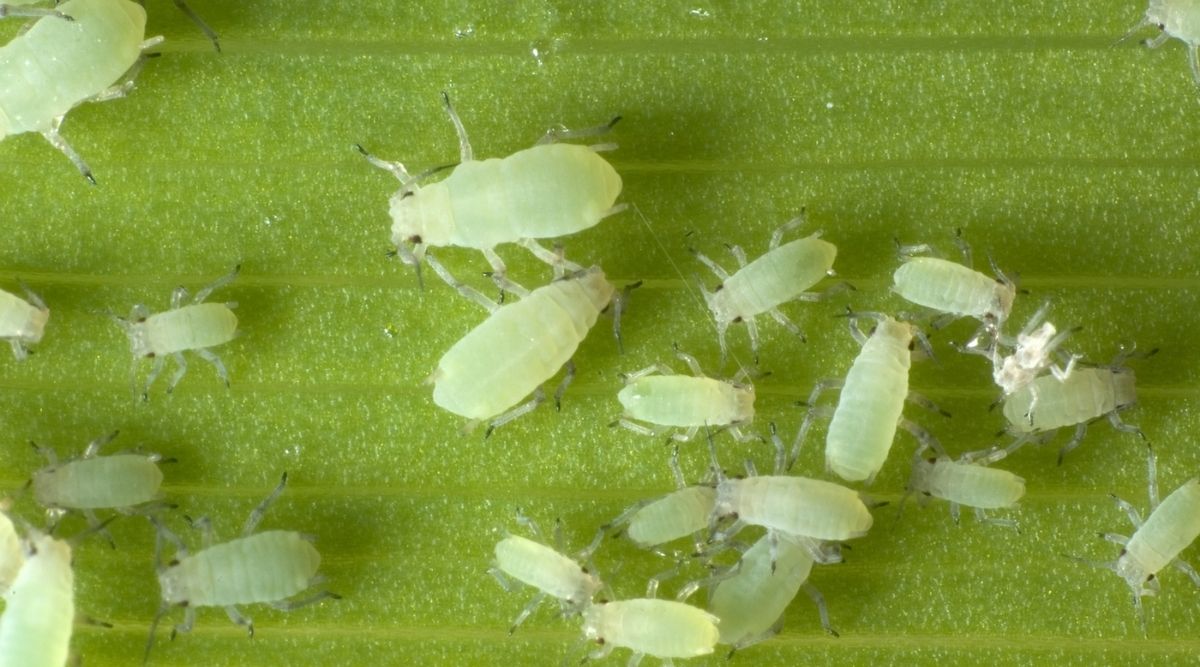Corn is one of the staple foods of the world. It is up there with rice and wheat in how many products it is used in and how much of it is consumed. Think about it.

Corn, cornmeal, corn starch, tortillas, cornbread, and many more food products require corn to be made. As such, it is one of those foods that you just expect to have around the house.
But, like wheat and rice, you don’t really see those possessing a green thumb growing it in their gardens. It might have something to do with the space or the yield you get from the plant, but from one corn plant you can get a few ears and even with two or three plants they don’t actually take up that much room.
People just don’t seem to grow corn except on massive industrial scales, yet you can grow corn well in many environments. The problem may be that not many people have a garden, maybe there just isn’t room on a balcony terrace.
If that is the case, would you be able to grow corn from a pot? In this article, we take a close look at corn and see whether or not you can grow corn out of a pot.
When Is The Best Time To Grow Corn?
Corn, like most vegetable, plants does better in warmer weather and is specifically more suited to summer than most others.
It is also a food that is hardy but cold intolerant, so planting it outside of the spring or summer range will just lead to all your corn plants dying. Some may survive thanks to the corn’s tough nature, but not many at all.
The great thing about corn is that it has an incredibly long growing season, being able to be grown from the middle of spring to the end of summer, a total of 5 months.
If you have a good year, the weather holds out, and you plan accordingly, you could make the most out of this growing season and get more than one corn harvest throughout that time.
Spring is definitely the right time to plant corn. The problem lies in when you should plant. For all its good features, corn has a shallow root system, which for temperate climates is not a good adaptation.
In the corn’s native ranges of the tropics of South America, this is great. Rain is continuous there, and the corn only needs a shallow root system to deal with it.
Yet, in other climes, where rainfall is more variable, this is terrible. Early spring in temperate places is filled with rain and biting wind, which will knock the corn over, and summer is just too hot for the plants to grow.
Therefore, mid-spring is your best bet, when it is still a little wet and the soil is nice and warm.
Even if you are attempting to grow corn in containers, this will be an issue, so always remember to check on your corn and whether it is in its optimal conditions.
Can Corn Grow In A Pot?
Absolutely. Corn actually grows quite well in a pot, its root system is quite shallow, so it doesn’t dig too far down, and it is tall and slender, so it doesn’t overflow the pot. Yet, you still need to choose the right pot and the right soil before proceeding.
The pot must be quite big and have a very sturdy base. It shouldn’t be a pot that is wide at the top and narrow at the bottom, the best pot would be the same width all the way up.
This is because even though the root system is small, the actual plant can grow huge, sometimes up to 10 feet tall, so you are going to need a heavy-duty pot to hold it.
In corn’s native environment, the ground is enriched by the plants that came before the corn, and so you should seek to emulate this. Make sure the compost you use is a good quality or organic one that has plenty of nutrients in it to allow your plant to grow.
You must also remember to keep the soil where you are keeping the corn moist. Corn’s native ecosystems are very wet a lot of the time, and they rely on a constant stream over their shallow roots to stay hydrated, rather than a deep root system like a tree.
How Long Does It Take Corn To Grow?
In the US, one of corn’s biggest producers and consumers, there is a saying for how long it takes corn to grow: ‘knee-high by the fourth of July’. Although it is just a rhyming phrase, it actually follows corn growing patterns.
If you planted during the spring, the 4th of July would be about the midpoint between the germination of the seed and the harvesting time.
Corn takes between 60 and 100 days to grow to the point where you can harvest. As we’ve discussed, corn is a big and tall plant, and it needs time to grow and to grow corn ears.
Even small radishes take about 1 to 2 weeks to grow, and they are about 100 times smaller than a corn plant. The best thing you can do is be patient and tend to the plant’s needs.
I say this as even though corn is a hardy plant, it can be prone to lack of water and the bigger it gets, the more prone it is to crop failure thanks to drought. Keep an eye on it and keep it watered, then you can watch this plant spring up before your eyes.
However, different corn cultivars take different amounts of time to reach their full size. The quickest growing corn is generally the types that fall under the sweet corn category. One of the quickest is the Yukon Chief variety, which takes up to 55 days to reach its full size of 4 feet.
The longer growing times mainly come with those corn plants that are part of the popcorn or ornamental corn varieties. These types of corn can take up to 110 days sometimes to grow to full height and have to be planted at exactly the right time to get a full harvest out of them.
To manage your growing times effectively, I would suggest looking up your corn seeds before you purchase them. Find out the growing times and the size that they grow to.
If you have a small, shared garden and work full time, the last thing you want is a 10-foot corn plant that you need to mind like a newborn baby.
Final Thoughts
Corn is one of the world’s great foods, and most of us absolutely adore it in one form or another. So, when you look into your garden and think about maybe growing some corn for yourself, don’t immediately dismiss the idea as foolish.
It is a surprisingly easy task to do and can easily be done in a pot or in another appropriate receptacle. If you plan and prepare accordingly, then there is no reason that that ear of corn on the barbecue at the end of summer should not come from your garden.
- Best Hanging Plant For Low Light - September 4, 2023
- Best Indoor Plants Florida - August 28, 2023
- Best Plants For Bathroom Smells - August 21, 2023








